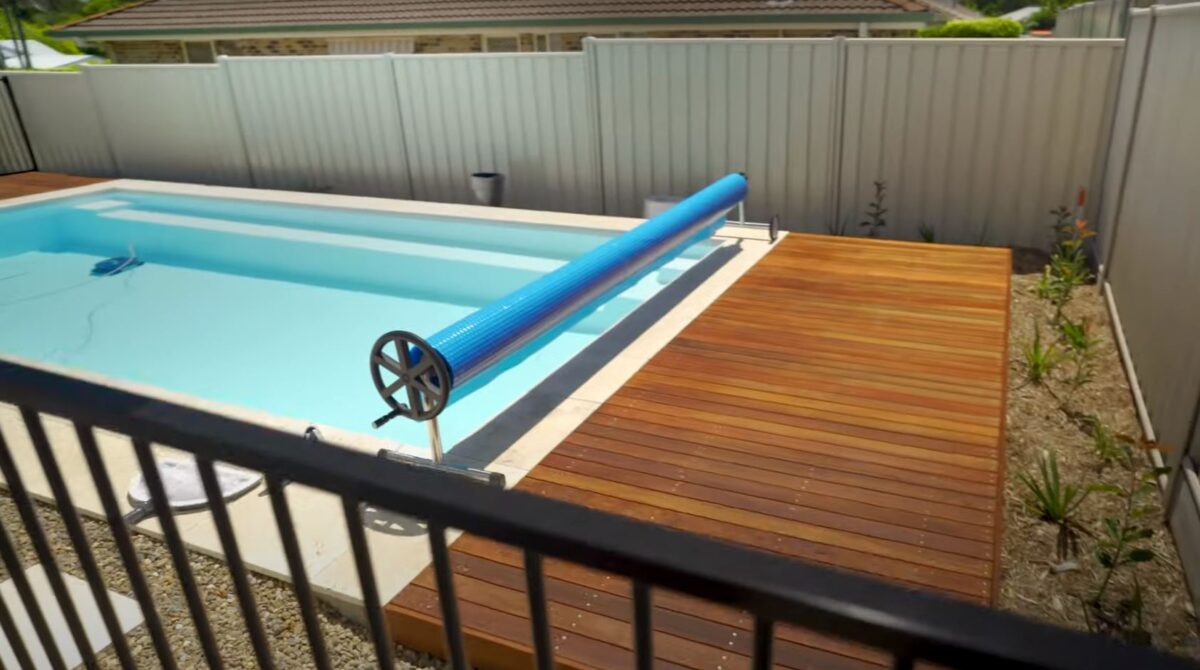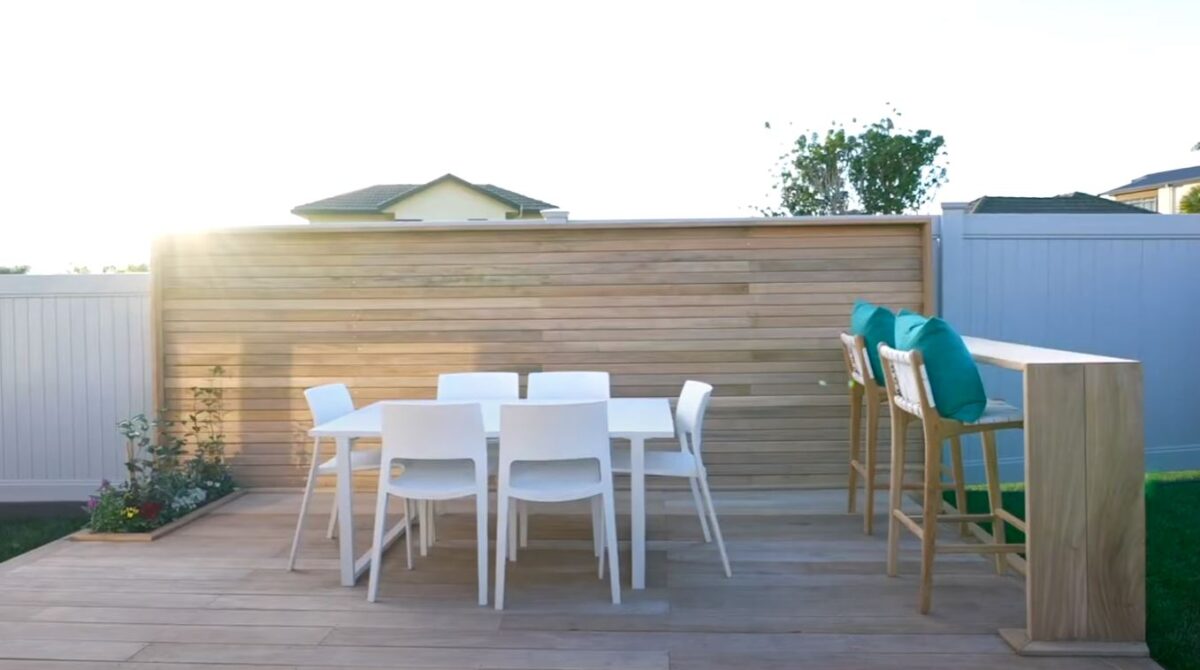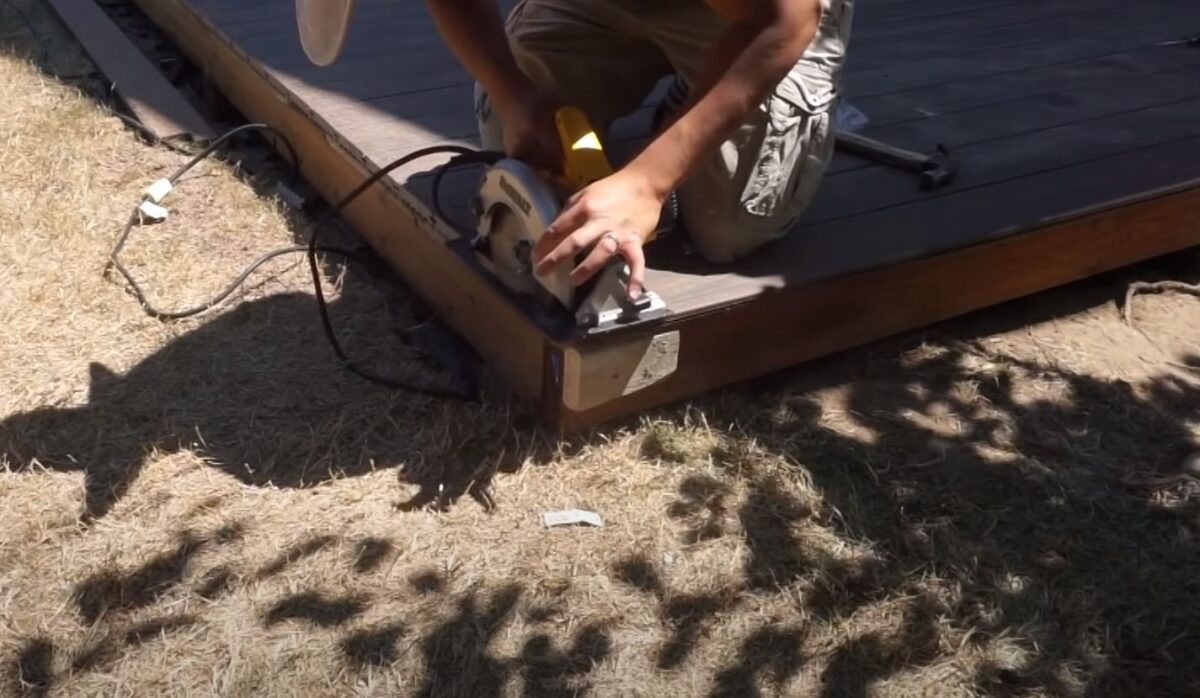The Verdict on Floating Decks: Safe or Risky Business?
Defining Floating Decks
Floating decks, often dubbed as “freestanding decks”, differentiate themselves by not being anchored to a primary structure. These stand-alone platforms rest on a foundation, commonly deck blocks, and are placed directly on the ground.
Floating Decks: The Talk of Ponsonby
Within Auckland suburbs such as Ponsonby, the charm of floating decks has been making waves. Their adaptability and sleek designs have garnered them significant attention, with homeowners viewing them as ideal additions to elevate their outdoor spaces.
The Crucial Aspects of Floating Deck Safety
Ensuring the safety of a floating deck revolves around several pivotal factors:
- Material Selection: Choosing high-calibre materials is the cornerstone to a deck’s longevity and overall safety.
- Balanced Weight Distribution: The deck’s design must be adept at distributing weight uniformly, averting potential risks of tipping or an uneven surface.
- Accurate Installation: A faulty installation can breed structural dilemmas, posing safety threats.
- Routine Maintenance: Regular inspections and upkeep can nip budding hazards in the bud.
Why Quality Fencing Auckland is the Deck Specialist for You
For those eyeing floating decks in places like Blockhouse Bay, Quality Fencing Auckland stands as the go-to expert. We pride ourselves on crafting decks that are not only aesthetically pleasing but also inherently stable.
Weighing the Safety Concerns
Every construction endeavour comes with its set of inherent risks. Here’s a breakdown when it comes to floating decks:
- Ground Stability: An unstable or soft ground can lead to the shifting or sinking of deck blocks.
- Weather Elements: Persistent exposure to moisture can usher in mould or the rotting of materials.
- Overburdening: Loading the deck beyond its capacity can instigate structural damages.
Pitting Floating Decks Against Other Auckland Deck Variants
Auckland’s distinct climatic conditions and terrain necessitate a thorough evaluation of how floating decks measure up against other decking choices:
Traditional Attached Decks:
-
- Rooted to a structure.
- Navigating through more regulations and permits.
- Generally perceived as more robust due to the structural attachment.
Multi-level Decks:
-
- Consists of multiple platforms.
- Ideal for sloped terrains.
- Can be complex to design but offers dynamic space.
Wraparound Decks:
-
- Extends around the sides of a property.
- Enhances property aesthetics.
- Requires more materials and careful planning.
Analysing Floating Deck Safety Measures
When considering a floating deck, especially in bustling Auckland suburbs, prioritising safety is of paramount importance. A comprehensive grasp of the various safety measures can ensure your deck remains a safe haven for years to come.
Ground Assessment and Preparation:
The very essence of a floating deck lies in its foundation. Here’s what’s crucial:
- Soil Type: Different soil types – be it sandy, loamy, or clayey – react differently under pressure. Assessing the soil ensures your foundation is steadfast.
- Ground Leveling: An uneven terrain can result in an unstable deck. Investing time in meticulously leveling the ground can prevent the deck from wobbling or sinking over time.
- Clearance: Remove any organic matter, including weeds or grass, which can decay over time and affect the foundation’s stability.
Material Consideration:
The durability and safety of your deck are inextricably linked to the materials you opt for.
- Resistance: Given Auckland’s humid climate, choosing moisture-resistant wood or materials can ward off decay and mould.
- Load-bearing Capacity: Materials should be able to bear the weight of furniture, occupants, and other additions, ensuring the deck’s longevity.
Structural Integrity: The way your deck is constructed can be a game-changer.
- Secure Fastenings: Use of quality screws, nails, and brackets ensures the deck remains intact and stable.
- Spacing: Adequate spacing between planks allows for water runoff and expansion or contraction due to temperature fluctuations.
Regular Inspections:
Periodic checks, especially post heavy rains or storms, can be beneficial.
- Spotting Wear and Tear: Look out for signs such as wood splintering, rusting of nails, or any structural deformities.
- Quick Repairs: Addressing minor issues immediately can stave off major, costlier repairs down the line.
Incorporating Safety Features:
Adding some safety-centric features can enhance your deck’s security.
- Railings: If your floating deck is elevated, railings can be a preventive measure against accidental falls.
- Anti-slip Surface: Given Auckland’s occasional rain spells, consider integrating anti-slip surfaces or mats to mitigate slipping hazards.
- Adequate Lighting: Illuminate the deck area for evening or night-time use, ensuring visibility and reducing tripping risks.
Compliance with Local Regulations:
Staying updated with Auckland’s building codes and regulations ensures your deck is compliant, safe, and structurally sound.
- Height Restrictions: Some areas might have regulations regarding how high a floating deck can be without requiring railings.
- Size Parameters: Local codes might stipulate size limitations for floating decks. It’s essential to be in the know.
Engaging Professionals:
Even if you’re considering a DIY approach, consulting with professionals can provide invaluable insights.
- Design Input: Professionals can advise on optimal design considerations, taking into account your property’s specifics and your preferences.
- Safety Audit: Post-construction, having expert Auckland deck builders like Quality Fencing Auckland do a safety audit can ensure that every safety box is ticked.
By investing a little extra effort in these safety measures, homeowners can enjoy their floating decks with peace of mind, knowing they’ve prioritised safety at every juncture.
Deck Options at a Glance: A Comparative Overview
| Deck Type | Specifications | Advantages | Disadvantages |
| Floating Deck | Freestanding, ground-based foundation | Flexibility in placement, fewer permits | Reliant on ground stability, maintenance imperative |
| Attached Deck | Anchored to a structure | Perceived stability, adds property value | More permits, potentially pricier |
| Multi-level Deck | Multiple platforms | Maximises sloped space, dynamic designs | Intricate to design, costlier |
| Wraparound Deck | Encompasses property sides | Enhances property aesthetics, increased space | Higher material usage, requires meticulous planning |
Floating Decks: An Auckland Perspective
A floating deck can be a fantastic addition for Aucklanders aiming to amplify their outdoor spaces. While they possess their distinct allure, like any construction venture, their safety and longevity hinge on precise planning, quality materials, and regular maintenance. With deck installation professionals like Quality Fencing Auckland at the helm of your deck project, not only can you anticipate a visually arresting deck but also one that stands the test of time, and most crucially, is safe.
Floating Deck Essentials: Key Takeaways
Definition of a Floating Deck:
A freestanding platform, the floating deck is not anchored to any primary structure, instead resting on deck blocks or foundational supports on the ground.
Material Suitability for Auckland’s Climate:
To combat Auckland’s humid conditions, it’s advisable to opt for moisture-resistant materials like cedar, redwood, or composite decking.
Inspection Frequency Matters:
A semi-annual thorough examination is pivotal. Additionally, after major weather disturbances, a quick survey can help preemptively address any issues.
Awareness of Weight Limitations:
Every floating deck has its weight constraint based on size, material, and construction. It’s essential to stay within these limits to ensure safety and longevity.
Permit Considerations:
While many floating decks don’t require permits due to their freestanding nature, always verify with local Auckland council regulations to be on the safe side.
Professional Engagement is Beneficial:
Though some may opt for a DIY approach, involving professionals in either the consultation or construction process can elevate the quality and safety of the deck.
Routine Maintenance is Crucial:
Regular maintenance tasks such as checking for signs of wear, resealing or staining, and ensuring tight fastenings can drastically increase a deck’s lifespan.
Safety Features Can be Game-Changers:
For elevated decks or those near drops, incorporating railings is an excellent preventive measure. Also, considering anti-slip surfaces or adequate lighting can enhance safety significantly.



